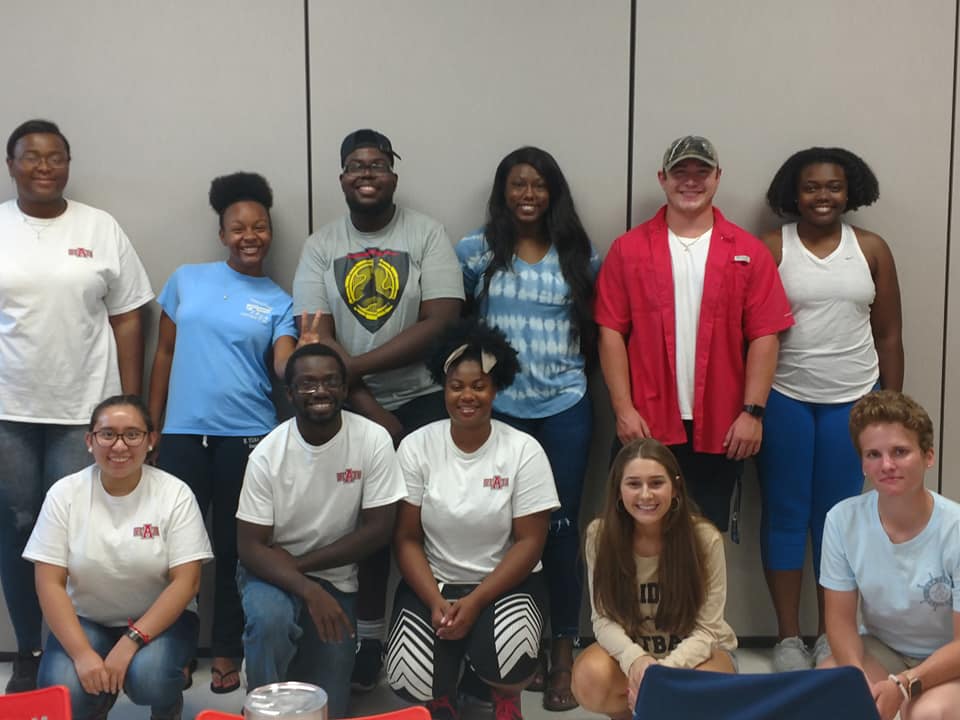
The Bridge Program started in spring of 2014. Arkansas State University (A-State) recognizes that underrepresented students often lack opportunities to develop into successful scientists and as a university, it has responsibilities to find ways to identify, support, and develop the unrealized potential of these students to increase the STEM scientific workforce.
The Bridge Program is an innovative pathway to an advanced degree program through a collaboration of A-State and an Arkansas HBCU, the University of Arkansas at Pine Bluff (UAPB).
The Bridge Program is designed to broaden participation in STEM fields by increasing the number of students from underrepresented groups who wish to pursue a doctoral degree through bridging undergraduates to Master’s to Ph.D. in STEM fields. Underrepresented groups include:
- Low-income, first-generation students
- Students who have disabilities
- Students who are veterans
- Students from racial and ethnic minority groups
Undergraduate students who are selected for the program will live on campus during the summer (late May until early August) for 8-9 weeks. Professional development opportunities (including a Professional Development Retreat) are designed to provide the soft skills necessary to succeed as a scientist and social interaction activities will be arranged to develop a network and community for sharing and helping.
In addition to hands-on lab experience at AState campus, a major component of the Bridge research internship experience is community outreach. Undergraduate students who are selected for the program will have the opportunity to participate in weekly hands-on K-12 community outreach at the Jonesboro Hispanic Community Center. Outreach activities allow students to teach K-12 children about science through STEM activities, which is a fun way for children to learn more about science.
Past community outreach activities include an entomology based scavenger hunt, creating slime, engineering houses and testing their stability with sand and jello, DNA extraction, finding foods with Vitamin C, comparing differences in rice grains based on geographic location, creating color changes in liquids using chemistry, and the impact of macrophages on bacteria.
.





